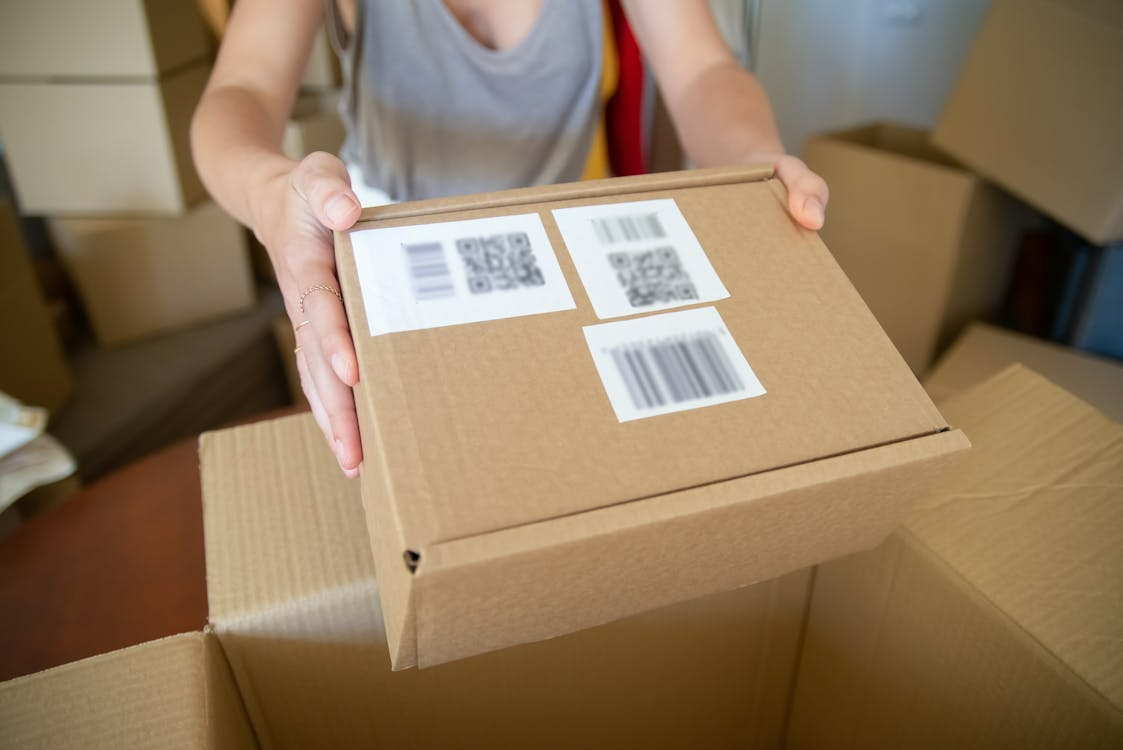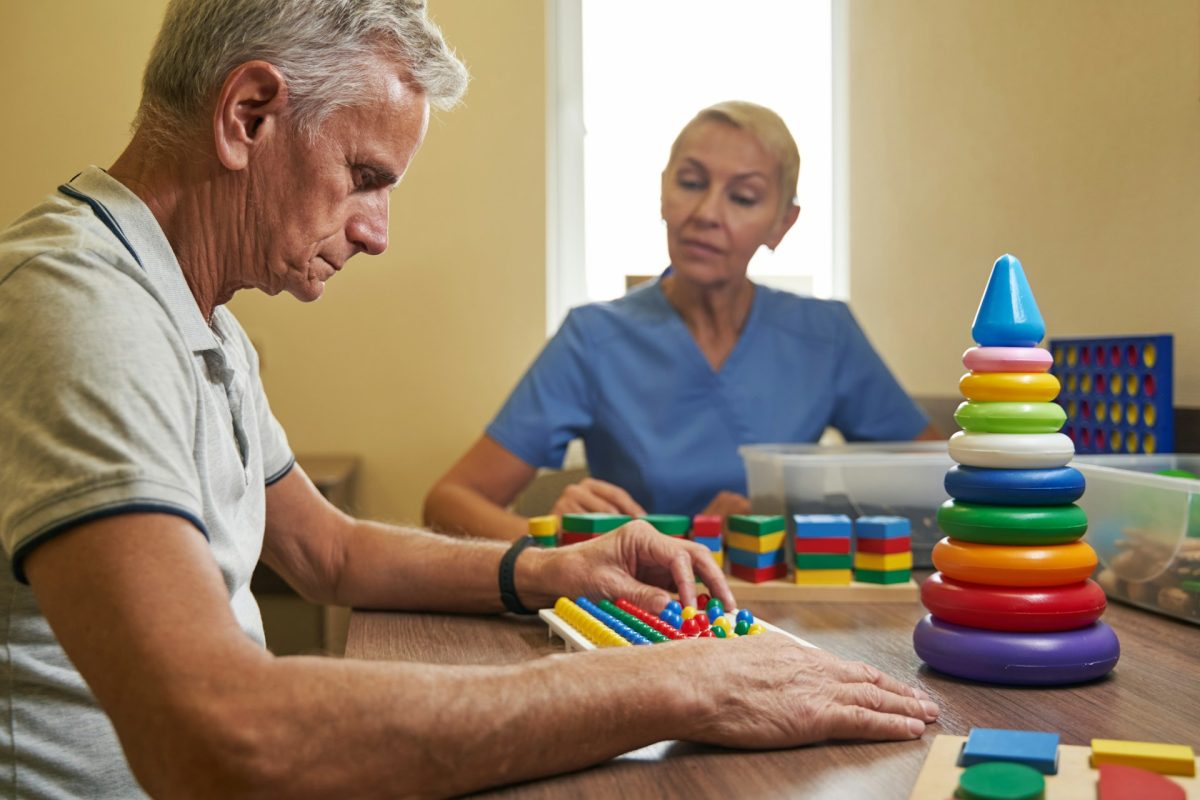Handling Dangerous Goods Containers requires extra care and attention, as improper management can lead to serious safety risks. Whether you’re working in shipping, logistics, or storage, understanding the right protocols is crucial to protecting people, property, and the environment. This blog will guide you through the essential steps for safely handling dangerous goods containers.
1. Understanding Dangerous Goods Classification
Material that has the potential to endanger human health, public safety, or the environment is referred to as a dangerous good. Because of the characteristics that they possess, they are divided into a variety of categories, such as corrosive, toxic, or flammable components.
It is essential to know which category the goods belong to, as this affects how they must be handled and stored. Proper classification helps ensure the safety of everyone involved in the transportation or storage of the goods. Always refer to official guidelines for accurate classification.
2. Legal Regulations and Compliance
In order to avoid mishaps and guarantee everyone’s safety, there are stringent regulations and guidelines that each individual must adhere to. These laws cover packaging, labeling, transport, and emergency procedures.
By failing to comply with regulations, one may be subject to financial penalties or other legal repercussions.
It’s important to stay updated on the latest regulations and make sure all necessary paperwork is completed correctly. Compliance not only keeps you safe but also protects others who may come in contact with the goods.
3. Proper Container Inspection and Maintenance
Regular inspections are required to guarantee that the container is in good condition and can safely hold the items that are being transported. Try to spot any indications of damage, such as leaks or rust.
Containers should be clean and free of contaminants that could cause reactions with the goods inside. Proper maintenance ensures that the container functions as it should and reduces the risk of accidents during handling or transport.
4. Handling and Loading Procedures
Standard operating procedures should always be followed in order to prevent accidents. This may involve using the right equipment, such as cranes or forklifts, and ensuring the container is securely fastened during transport.
Always make sure that only trained personnel are handling the goods, and make sure that the area is free of any unnecessary people. Proper loading and unloading help prevent spills, leaks, or accidents, ensuring the safety of everyone involved.
5. Personal Protective Equipment (PPE)
Depending on the type of dangerous goods, PPE may include gloves, goggles, masks, or protective clothing. PPE helps shield you from harmful exposure to chemicals, fumes, or sharp objects.
Make sure to wear the right gear at all times when handling containers to reduce the risk of injury or contamination. Proper training on how to use and maintain PPE is also important for your safety.
Prioritize Safety When Handling Dangerous Goods Containers
Remember, safety is always the top priority when dealing with hazardous materials, from proper handling to emergency preparedness. Stay informed, stay compliant, and make safety your responsibility every step of the way.























































































































